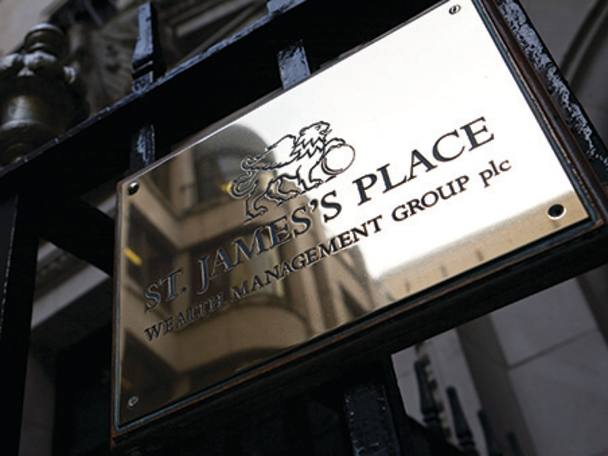- Wealth manager to pay out shelved 2019 dividend
- Renewed cost focus follows activist intervention
Long seen as a slickly-marketed business in a high-charging sector, St James’s Place (STJ) was given a wake-up call at the end of 2020 when activist investor PrimeStone accused the wealth manager of acting as a poor manager of its own cost base.
To recap, PrimeStone discovered some 120 employees with a “head of…” title, weighty business function teams and protracted outsourcing arrangements, the combined effect of which had driven up operating expenses per adviser by 65 per cent in five years. “The current share price does not reflect the full value of the strength of its business model, its leadership position or its long-term growth potential,” the group wrote on 26 October.
Full-year returns suggest that St James’s has taken the missive seriously. Management confirmed around 200 jobs across the business will be cut (at last count non-partnership employees stood at more than 2,600) in a bid to remove duplication of work and stop tasks “that are now no longer needed”, while legacy technology investments are now deemed sufficient to help cap operating expense growth at around 5 per cent per annum.
In addition to placating PrimeStone and other cost-conscious investors, the hope is that earnings growth will follow if the business can hit a secondary target to boost new business by around 10 per cent each year. “With modest help from investment markets and continued high retention rates,” says chief executive Andrew Croft, this “would see funds under management grow to in excess of £200bn by the end of 2025.”
Notwithstanding the ever-present spectre of fee pressure, and continued spend on the Asian arm and financial planning academy, increased scale promises to magnify operating leverage. That’s the theory at least: until now, the business sought to grow client funds by 15 per cent and costs by no more than 10 per cent each year, which works out as a more profitable ambition long-term.
That scrapping of rigid goals in favour of incremental control seems wise. Results for 2020 also suggest that the new growth target is achievable, as strong asset prices helped offset an 8 per cent dip in net client flows to lift total managed funds by 11 per cent to a record £129bn. Importantly, the decline in new investments was blamed on Covid-19 related restrictions, so presumably management believes a return to face-to-face contact could see a flood of new business.
Indeed, the decision to pay out the previously withheld 11.22p of the 2019 final dividend shows some caution has been thrown to the wind, even as the group found space to bemoan a 15 per cent increase in the Financial Services Compensation Scheme levy to £29.7m, equivalent to half the pay-out.
FactSet-compiled consensus forecasts for adjusted earnings of 53.27p per share in 2021 and 61.45p next year assume decent tailwinds for both new business and markets. Hold.
Last IC View: Hold, 970p, 28 Jul 2020
| ST JAMES'S PLACE (STJ) | ||||
| ORD PRICE: | 1,234p | MARKET VALUE: | £6.64bn | |
| TOUCH: | 1,231-1,234p | 12-MONTH HIGH: | 1,250p | LOW: 614p |
| DIVIDEND YIELD: | 3.1%* | PE RATIO: | 25 | |
| NET ASSET VALUE: | 207p | |||
| Year to 31 Dec | Fee income (£bn) | Pre-tax profit (£m) | Earnings per share (p) | Dividend per share (p) |
| 2016 | 1.70 | 486 | 21.5 | 33.00 |
| 2017 | 1.78 | 342 | 27.8 | 42.86 |
| 2018 | 1.52 | -85 | 33.0 | 48.22 |
| 2019 | 2.37 | 709 | 27.6 | 38.49 |
| 2020 | 2.10 | 426 | 49.1 | 38.5* |
| % change | -12 | -40 | +78 | - |
| Ex-div: | 15 Apr | |||
| Payment: | 21 May | |||
| *Withheld 2019 final dividend of 11.22p per share to be paid on 24 Mar (XD 4 Mar). | ||||










